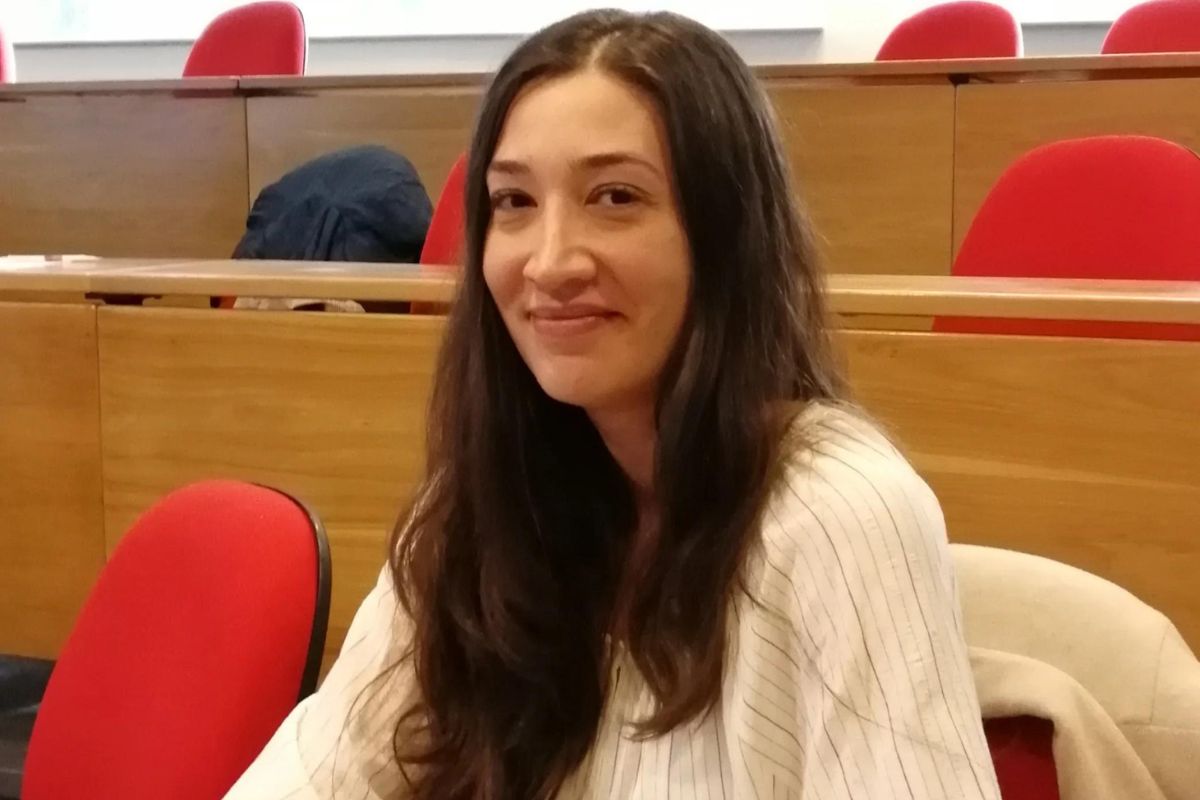Review of Not In Your Genes

With seven chapters and four appendixes, clinical child psychologist, journalist, and best-selling author Oliver James (1) makes a strong argument that our genes do very little in making us the kind of individuals we actually are.
His first three chapters begin with some personal reflection, he is notoriously bad at dribbling, for instance, and has suffered occasional ‘disastrous academic failure’, partly linked to his parents’ mixed messages which led to a bumpy scholastic ride for Mr James. He was among the applicants for Cambridge during that notorious era of real exams when Firsts were ‘real Firsts’ rather than today’s grade-inflated metrics.
Chapter One also introduces the Stockholm syndrome (which can even be extended to the defence of parents by the very children whom they have maltreated) and Cognitive Behavioural Therapy, created in 2009 and reliant on a theory that thoughts control feelings. Mr James is not an enthusiast of CBT’s reluctance to investigate causes of depression and provide only short-term evidence about recovery – not matched by later findings on patients’ behaviour.
Chapter Two considers the tragic lives of Peaches and Paula Geldof, uncannily similar in their mood swings, quick-wittedness, career paths, and death by heroin overdose, just fourteen years apart. An extreme case, highlighting the menace of the illegal drugs market; like incidents and research in the other chapters of Not in Your Genes, Mr James argues these suicides were not directed by DNA.
Introduced in the next chapter, the big and expensive Human Genome Project did its aficionados no favours by mapping genes, apparently disproving its own null hypothesis. Homo sapiens modest 23,000 genes are not too dissimilar in number from those possessed by a humble fruit fly. So how might such a small number instruct not only the build of eyes and limbs, but also our intelligence and sense of humour? For the sake of newcomers, this chapter should have included a diagram or two showing genes and their links, say, to each other and whatever units – if any – Homo sapiens require for delivering information to/from genes.
Are there links between our relatively small number of genes and the thirty million base pairs (2) that allow subtle constructions in the way we are? During the first burst of HGP, individual genes were not deemed responsible for depression or cleverness, consequently, gene industry scientists launched a further research project, costing £8 billion, to check large numbers of potential sites. Only a few differences in DNA were found that could be reliably associated with schizophrenia and other particular traits among participants.
Yet, puzzling for this reader, we are assured (p9) that ‘genes confer fundamentals’ such as humour, language, and the ability to consider other minds. In that case, what about the potential fundamentals named love, reasoning, and memory – don’t they also get conferred courtesy of DNA as part of our transitory existence?
The book’s four appendixes reinforce the author’s key message: we are not programmed through our genes. First, Appendices 1 and 2 show that even huge genetic ‘fishing trips’ that trawl through multitudes of data show very little influence of genes on owners. The great majority of supposed heritability is due to shared environment, not the biomechanics of our DNA.
Professor Cyril Burt earned discredit for researchers by inventing results which appeared widely in the media decades back, but today Mr James gives readers cautions over the methods and assumptions used by this line of enquiry, for instance, assuming ‘equivalent environments’ for identical and fraternal twins such as manner of parenting and relationship with peers. Much research has shown we are substantially influenced by physical attractiveness: fraternal twins don’t look identical so receive different reactions to the pairs who are identical; hence identical twins have more similar environments.
Appendix 3 also hesitates in giving a stamp of approval, this time over the highly influential Minnesota Twins Reared Apart study (and its occasionally ‘spooky evidence of genetics!’) by Professor Thomas Bouchard, funded via a $1.3 million grant: Bouchard has refused to release details of the study’s original statistics apart from to his supportive colleagues.
However, the New York based Pioneer Fund who awarded the fund expressed no alarm over either omission in the data or the absence of ‘vital information’ in Bouchard’s scientific reports. For instance, the average ages at which twins were separated was not revealed. No doubt the many other studies noted in NIYG have been audited for both accuracy, completeness, and appropriate length of time for each investigation.
Dramatically entitled The Perils of Geneticism, the book’s final appendix of four compares genetic research outcomes (favoured by drug companies) with ‘a flexible psychology’ that avoids fixed ideas; such flexibility secures improvement by distressed folk being encouraged to believe in their malleability. East Asia seems ahead of the west in practicing this outlook. However. Are international comparisons difficult, encumbered by longstanding differences in language, tradition, and politics? A theme may be ‘big in Japan’ (3) but are the inhabitants of Middlesbrough sufficiently homogeneous and ready to absorb its ‘flexibility’?
What of children who don’t want to be malleable but vastly prefer the company of their peer group to relatives, let alone teachers? In shifting readers’ focus of attention from the biology of DNA into the far more complex level of social relationships, cause-and-effect mechanisms seem trickier to establish, with diverse factors (Covid, Christmas, or the common adolescent/adult trait of downright awkwardness) able to disrupt any investigation, or, indeed, attempts to coach any subject.
Physics and engineering appear robust: their methods are repeatable on any falling acorn or block of metal held in a vice. But while enthusiasts eagerly promote the fun and importance of trigonometry, young Bill and Betty always have the freedom of choice to downplay potential learning – and hold fast to their hidden outlooks on the social world.
Tiger Woods, Mozart, helicopter parents, and the role of high-volume Deliberate Practice are all discussed in Chapter 7. However, the chapter begins with the author’s reminder that our DNA holds no inborn talent or stupidity, and no incredible hard-wired capacity for abstraction, or desire to succeed. Could Jo’s genes kick into action (and constrain) the manufacture of her major organs, assisting growth and assembly, but without specifying or engineering the details of brain, heart, and skeleton?
Also avoiding precise explanation, Oliver James suggests Jo should grow up to be authentic, insightful, fluid, and playful, possessing adaptability without losing herself – social concepts more likely to be exchanged among the professional classes than Sunderland’s metal-bashing factories and call centres. Even if an abridged version of Not in Your Genes might somehow trigger a road to Damascus moment in Jo, would it be ethical to pull the trigger, given the turnover of dissatisfied nurses and teachers?
Frankly, since I am not a psychologist, physicist or biologist, this fascinating paperback deserves more hours of reading and re-reading by experts than I allocated: it is rich in findings and argument, with endnotes and references totalling sixty-two pages. Appealing to optimists, the book’s back cover ends with a positive comment about all of us having the chance to be intelligent, happy, and fulfilled…it is never too late to change your life for the better. To which many in dire circumstances might cogently reply, We should be so lucky.
By Neil Richardson, Kirkheaton
- Not in Your Genes, Vermillion, a 300-page paperback
by Oliver James, 2016.
- A billion has been taken as 1,000,000,000.
- Alphaville, 1984











Responses